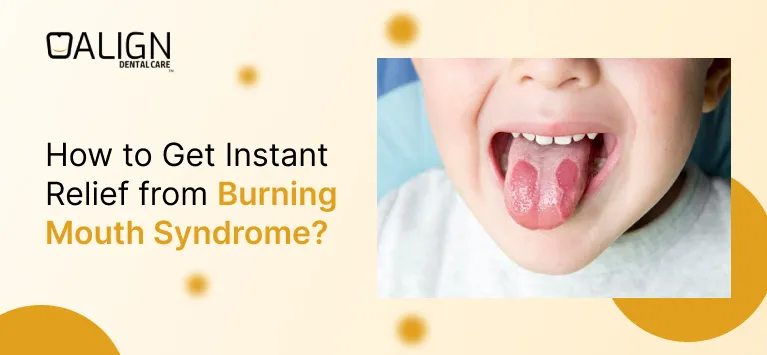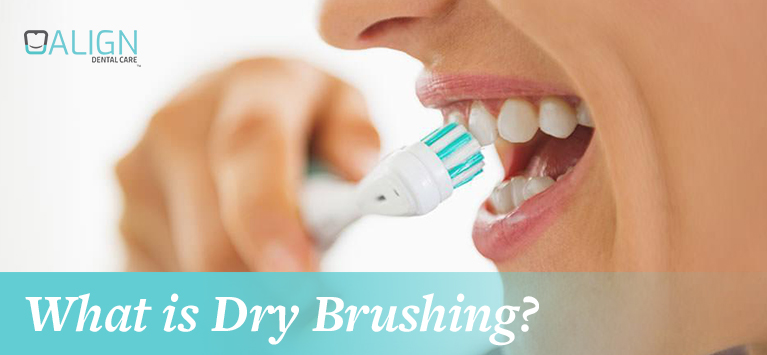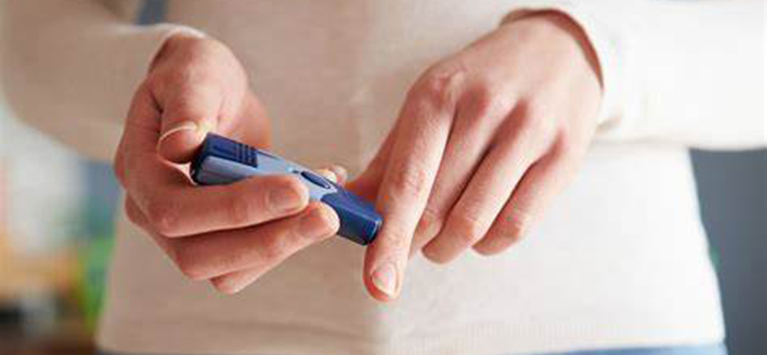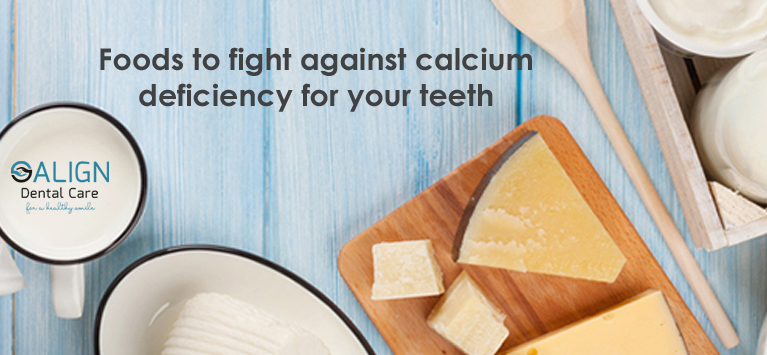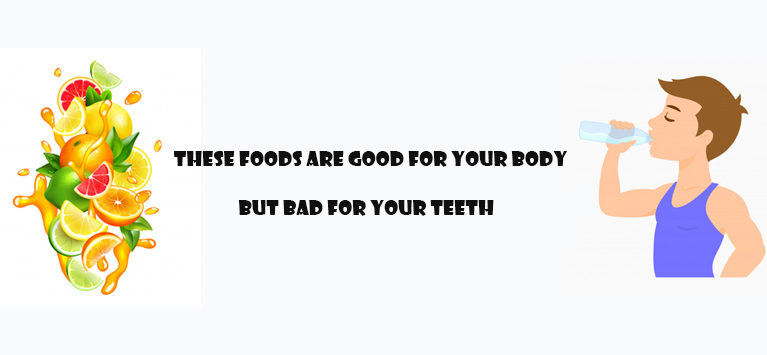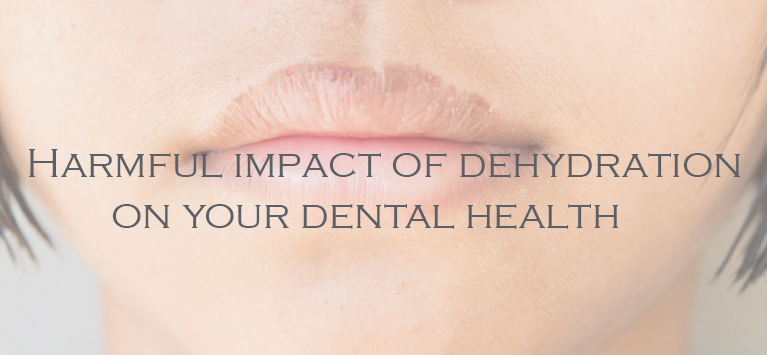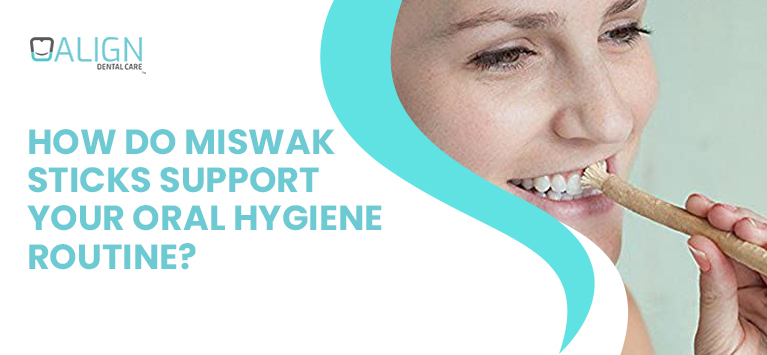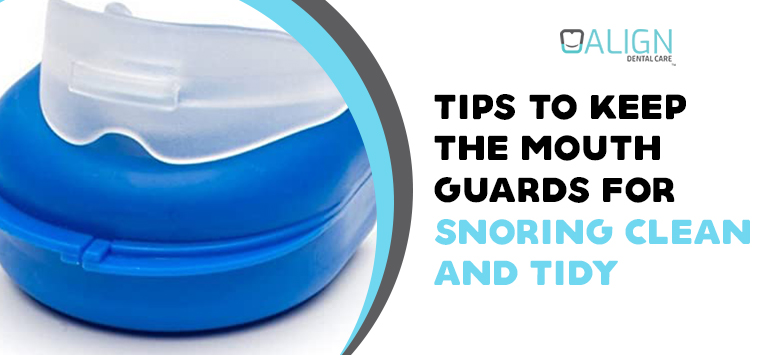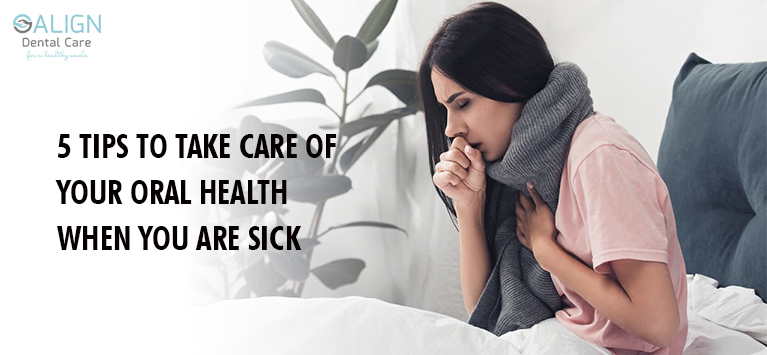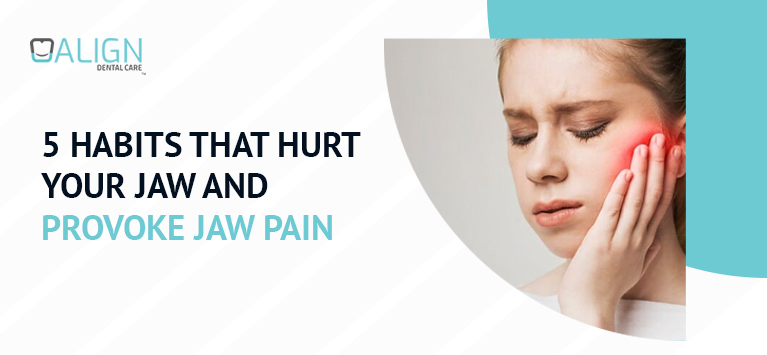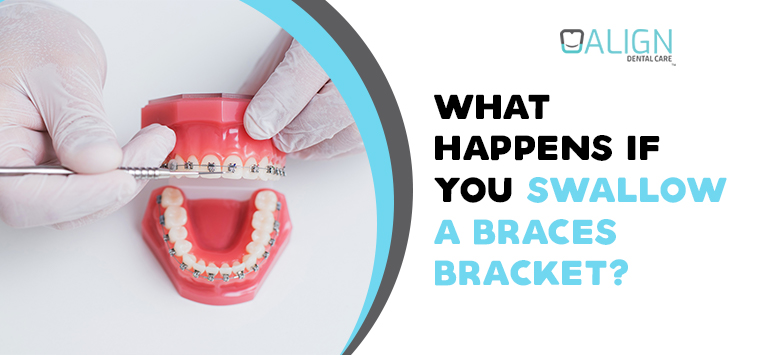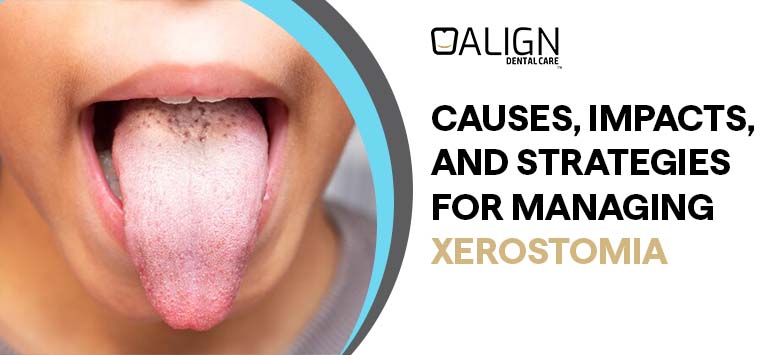
Causes, Impacts, and Strategies for Managing Xerostomia
Saliva, or spit within your mouth, plays an important role. It aids in the chewing and swallowing of food and protects your mouth from bacteria and tooth decay. When your spit glands do not produce enough saliva, a condition known as xerostomia occurs. This might cause your mouth to feel dry and unpleasant.
Table of Contents
What is Xerostomia?
Xerostomia or dry mouth syndrome is an alteration of the salivary glands that produces an unpleasant sensation of dry mouth. The saliva decreases, and it acquires a viscous and foamy texture. The sense of taste is altered, and a sensation of pain and burning appears on the tongue.
Beyond the annoying sensation, it can trigger more serious problems. It usually causes dryness, irritation, and cracking in the mouth’s soft tissues, which puts the patient at risk of attack by microorganisms. Because saliva also serves as an antiseptic in the oral cavity, when its production declines, the risk doubles, and the mucous membranes and gums may become inflamed (gingivitis), or cavities, painful ulcerations, and halitosis may emerge.
Dry mouth syndrome can cause digestive and respiratory problems, including pharyngitis, dyspepsia, and constipation.
Causes of dry mouth syndrome
Dry mouth can be caused by several circumstances, including the following:
Medications
Certain pharmaceuticals, such as antihistamines, decongestants, and blood pressure medications, can cause dry mouth.
Aging
While dry mouth is not a natural result, older people tend to take more drugs, some of which might cause it.
Cancer treatment
Radiation therapy to the head and neck can cause salivary gland damage, resulting in decreased saliva production. Chemotherapy can also cause changes in the content and amount of saliva.
Injury or surgery
A dry mouth can be caused by an injury or surgery to the nerves in the head and neck area.
Tobacco use
Both chewing and smoking tobacco might increase the likelihood of developing dry mouth.
Dehydration
A lack of fluid intake might result in dry mouth.
Hot weather and physical activity
The salivary glands can dry when the body’s fluids are diverted elsewhere during exercise or exposure to heat.
Certain health conditions and habits can contribute to dry mouth, including anxiety and depression, HIV and AIDS, poorly managed diabetes, Sjögren’s syndrome, sleeping with an open mouth, snoring, and stroke or Alzheimer’s disease (though these may cause a sensation of dryness even if the salivary glands are functioning normally).
Risk factors
- Although aging is not a direct cause of dry mouth, older individuals are more prone to having dry mouth because They frequently use drugs that might cause dry mouth.
- They are likelier to have health conditions that cause dry mouth (such as type 2 diabetes).
- They have a lowered thirst perception and may be dehydrated.
- Tobacco usage can also exacerbate symptoms, regardless of age.
Symptoms of Dry Mouth
In addition to the perception of dry mouth, people suffering from this problem may also have problems with:
- Burning sensation in the mouth.
- Thick and dense saliva.
- Altered sense of taste (dysgeusia) and perception of a bitter mouth.
- Tongue reddened and smooth, with loss of filiform papillae.
- Difficulty swallowing.
- Split and chapped lips.
- Halitosis.
- Mouth ulcers.
- Cavities.
- Periodontitis.
- Candida albicans infections of the mouth.
People who suffer from dry mouth, particularly those suffering from Sjögren’s syndrome, are more susceptible to developing gastroesophageal reflux disease. More prone to gastroesophageal reflux, which appears as retrosternal burning.
Site inflammation of the main salivary glands is also characteristic in these patients, manifested by swelling associated with local pain.
Xerostomia: clinical manifestations
Because a reduction in saliva production largely defines xerostomia, clinical symptoms of this condition include different harmful effects of dry mouth on the body.
In the lack of enough saliva in the oral cavity, for example, suppuration occurs, the risk of acquiring fungal infections rises, and the impression of food flavour changes.
This illness progresses through multiple stages:
- Xerostomia is difficult to detect in the early stages since the submandibular and parotid salivary glands continue to release adequate saliva, and pain is felt only after a long talk.
- In the future, saliva production decreases, resulting in the so-called partial decompensation stage during which eating becomes so tough that going without water becomes impossible.
- The salivary glands nearly totally stop operating during the third phase. This causes a variety of mouth disorders, such as stomatitis, glossitis, and oral mucosa diseases. These problems include erosion, ulcers, chapped lips, and sores in the corners of the mouth.
- Seizures, recurrent sore throats, painful throat complaints, and the development of chronic periodontitis are also noted in addition to the major signs. Patients with removable dentures experience difficulty with their procedure because their tongue turns bright red.
Treatments and Strategies for Managing Xerostomia
The first and most important step in dealing with xerostomia is diagnosing the problem. The doctor conducts a conversation with the patient to learn about their medicines and previous dental operations. Tests such as sialography and salivary gland ultrasounds are used to diagnose xerostomia.
Symptomatic treatment of xerostomia provides patients with short relief. However, determining the etiology of the disease is critical. When xerostomia is caused by medicine, it is generally simple to give aid. However, the odds of recovery are significantly reduced for people who have received radiation therapy due to probable interference with salivary gland function.
During treatment, a special role is played by pathogenetic therapy aimed at combating the causes of xerostomia. For treatment, novocaine is applied to the parotid and submandibular salivary glands. As well as the following procedures: electrophoresis, galvanotherapy, and vibration massage.
To alleviate the condition, it is recommended to increase the consumption of pure still water. Lollipops (preferably natural and with a sugar substitute) and chewing gum are also suitable.
Avoid dry and salty foods and alcohol – including alcohol-containing mouthwashes. Quitting smoking and choosing a toothbrush with softer bristles is recommended.
The healing process depends on a number of factors, but in most cases (excluding cases of atrophy of the salivary glands), if all the doctor’s recommendations are followed, the prognosis is favourable.
Conclusion
Xerostomia, characterized by dry mouth due to reduced salivation, poses various challenges and impacts on oral health. While it can result from multiple causes, including medication side effects and underlying conditions, prompt diagnosis and treatment are essential. Managing xerostomia involves symptomatic relief, addressing its root causes, and adopting oral hygiene measures. Adequate water intake, avoidance of certain foods and habits, and medical interventions can alleviate discomfort. With proper care, the prognosis for xerostomia can be favourable, improving overall oral well-being.






